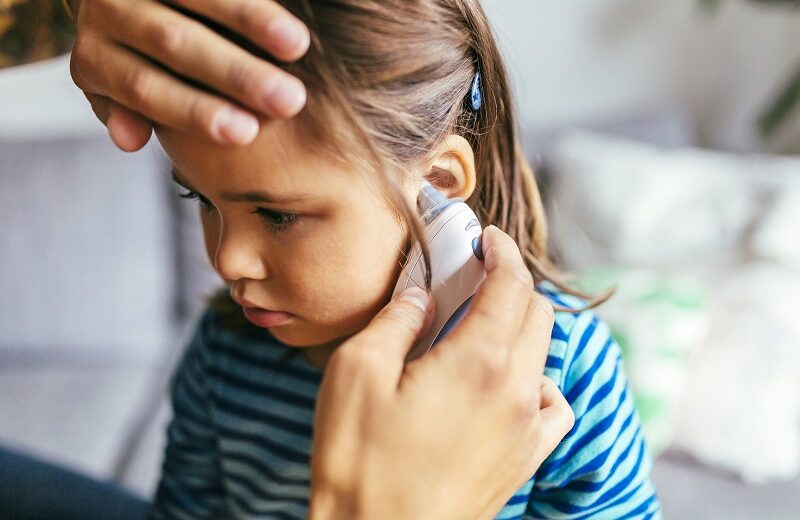For parents, their child will probably experience at least one ear infection at some point. While certain ear infections may resolve autonomously within a few days, others can be chronic, persisting for extended periods, or recurring frequently, necessitating antibiotic treatment. Identifying the symptoms of an ear infection is essential for determining when to seek medical assistance.
What are Ear Infections?
Ear infections can occur when there is a buildup of fluid in the middle ear, causing inflammation and bulging of the eardrum. These infections predominantly affect the middle or inner ear. While ear infections are not contagious, the viruses often preceding them can be transmissible. Furthermore, infections occurring in the outer ear, commonly called “swimmer’s ear,” represent a distinct category of infection and require a different treatment.
Common Symptoms of an Ear Infection
Ear infections, although more prevalent in children, can also affect adults. The symptoms associated with ear infections include:
• Pain in or around the ear, worsening when lying down.
• Fever
• Diminished Appetite
• Vomiting
• Diarrhea
• Ear Pulling
• Temporary Hearing Issues
Common Causes of Ear Infections
An ear infection can occur due to the presence of bacteria or viruses in the middle ear. These pathogens typically gain access through the eustachian tubes, which are slender passages that connect the ear to the posterior aspect of the throat. Below are several common causes:
Flu, Colds, and Allergies
These illnesses and conditions can result in swelling or congestion in the nasal and throat regions. When such swelling occurs, the eustachian tubes may become obstructed or completely shut. This block can lead to the proliferation of bacteria and viruses, raising the risk of infection.
Swollen Adenoids
Adenoids are small lymphoid tissues situated at the back part of the throat. Their enlargement, often due to an infection or another underlying condition, can obstruct the eustachian tubes, accumulating fluid in the middle ear.
Being a Kid
Children are at a higher risk of developing an ear infection due to the narrower and less developed structure of their eustachian tubes compared to adults.
Other Causes Include:
• Shifts in Air Pressure
• Upper Respiratory Infection
• Smoke or Air Pollution
Treating an Ear Infection
An ear infection can resolve spontaneously in certain cases; however, antibiotic treatment may be necessary in other instances. To minimize the risk of complications, it is essential to seek medical evaluation if symptoms are severe or persist for more than one to two days. If your child is six months or younger and displays signs of an ear infection or has a fever exceeding 102°F accompanied by severe pain, we advise you to seek medical attention immediately.





